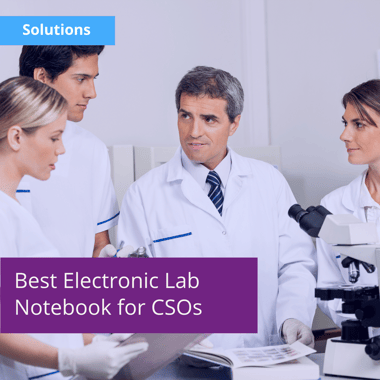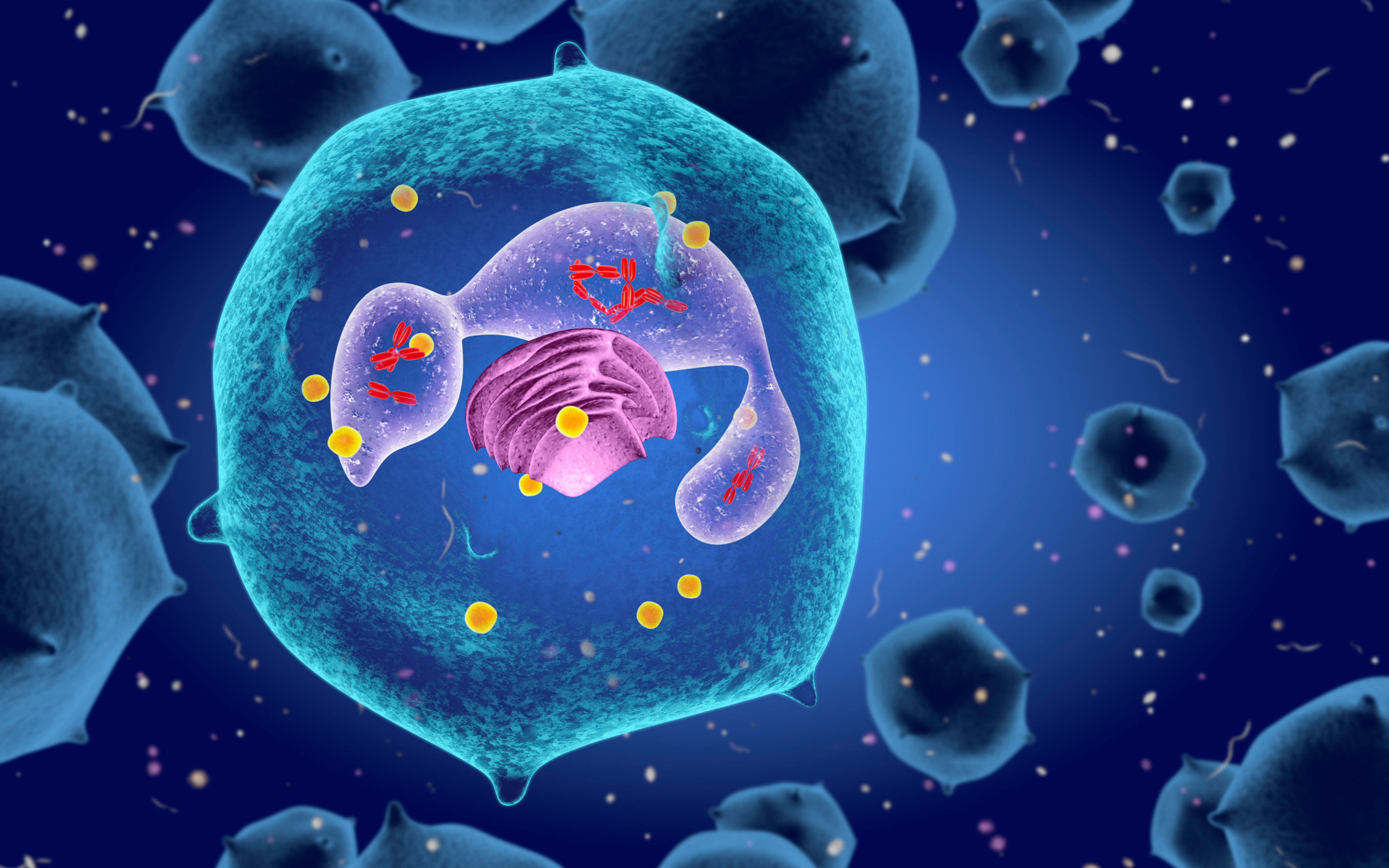Many CSOs (chief scientific officers) believe that they should strive to create teams that can run on their own, and that the role of the CSO is to direct and make sure that the team is on the right track, achieving good results and meeting deadlines. In order to create a strong, functioning team, an ELN (electronic lab notebook) that centralizes lab data and supports day-to-day lab activities can be a great help. If your scientists record their actions, experiments and results on a daily basis, and then their teammates can easily access this information, it makes for a much smoother-running research. Keeping all the research data and tasks in the same place makes for better teamwork.
What to look for in an Electronic Lab Notebook?
Team Management
Look for a system where you can plan projects, setting task dates and durations, assign tasks to lab members, view the status of tasks (in progress, finished, closed, etc) as well as viewing all tasks within the context of a project, and in calendar or Gantt chart form.
You also want to create a shared workspace, to allow for better teamwork. Your electronic lab notebook should have:
- Common database where all lab members can save their notes and data.
- Shared protocols and experiment pages.
- Protected online database to prevent loss or theft of information.
Inventory and Storage
You probably already know that an organised storage does wonders to running a research. Find an ELN that helps you create an organization system. It should allow you to:
- Set a location for each stock (down to the level of boxes and tubes).
- Mark supplies as used when finished.
- Receive alerts when stocks are dropping low.
- Create and submit shopping lists.
- Connect supplies to experiments and protocols that use them.
Equipment Management
Taking care of lab instruments is also a crucial part of research management, so your electronic lab notebook should include:
- Setting the specific required maintenance type and frequency for each instrument.
- Assigning maintenance tasks to lab members, viewing the status of maintenance events.
Data-Driven Decision Making
As a CSO (Chief Scientific Officer), you hold responsibilities from two different worlds — the scientific one (team leadership and research management), and the business one (providing insight and helping business development leaders to sell the vision).
In order to present clear conclusions to the board of directors or investors, as well as reach better decision making and planning for your research teams, you need to be able to easily view and analyze research data. Your electronic lab notebook should be able to:
- Dashboards for viewing all ongoing experiments, tasks and supplies from one project in a single location.
- Run personalized queries on data
- Gain Insights and easily analyse research data from various sources and different formats
- Provide insights, graphs and tables from research data and lab management data
All-In-One System
We’ve mentioned many different functions in this article. Many labs make use of separate, siloed systems for each area of laboratory management - an ELN, a LIMS software (laboratory informatics management system), an inventory management system, and so on.
Labguru is an all-in-one solution that includes all the areas mentioned above: task management, lab notebook and shared information center, storage and equipment management, and data analysis. This will prevent wasting time and effort on moving data between different systems, and the chance of losing information because of bad communication between systems.
Labguru’s team of specialists can help you customize the system to your needs.
To learn more about how Labguru can help you digitize your research, click here




